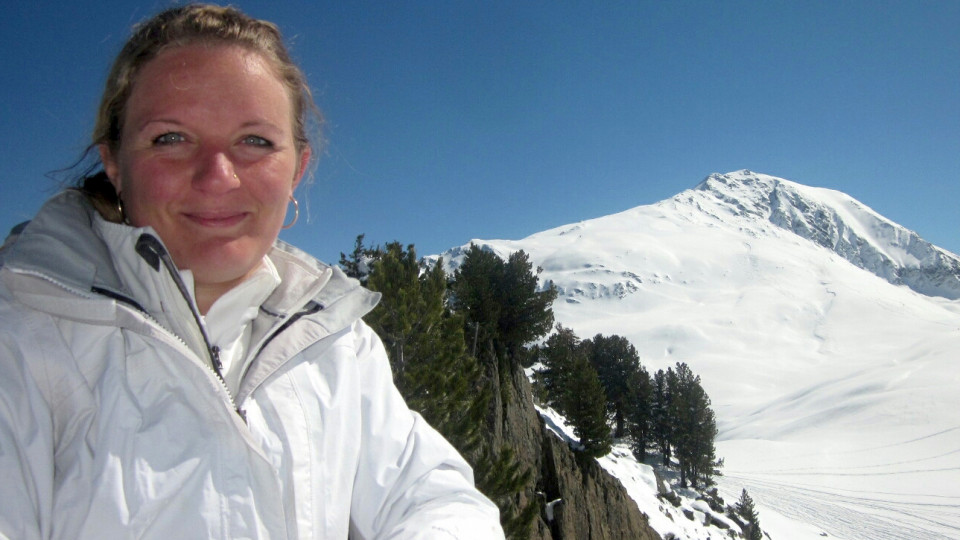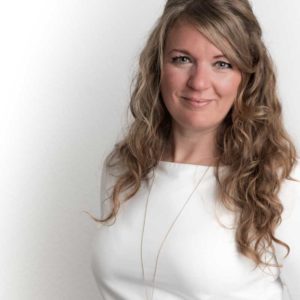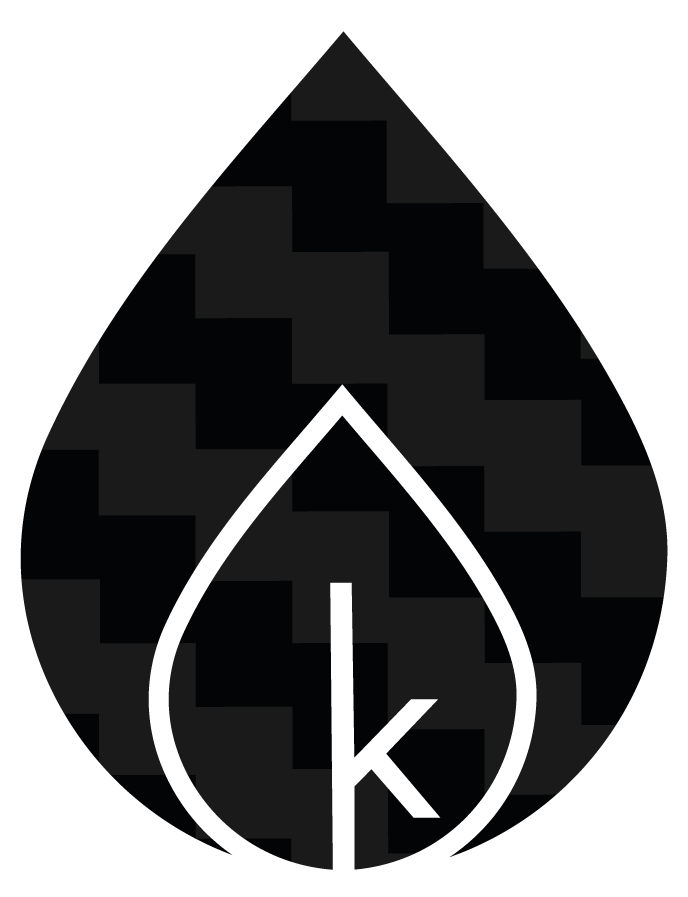…or more of a sporting environment?
Environment is a term that has established itself as an important topic in our latitudes in the last decades in order to ensure the viability of humans, but above all of nature. In this context, the protection associated with the environment is the main focus. In general, we speak in its meaning of an influencing environment, which affects a living being or its living conditions, or of people in someone’s environment who are interrelated with each other. (Duden 2018). It can be said that we have developed some awareness of the topic, since climate change and its effects on the global ecosystem are increasingly making it clear what it means when nature, as the basis of our (survival) life, can no longer provide sufficient resources. According to a survey, more than 80% of Austrians* assess the quality of the environment as good, with more than 90% of Austrians rating the categories drinking water quality, water quality of lakes and rivers, availability of high-quality food and green space as good. (Federal Ministry for Sustainability and Tourism 2018) Thus, at least in Austria, everything is in the “green” category, even if it is not assessed here what we can or have done for nature, but how we assess the quality of our environment (as if it were to be impressed by our ranking).
The one causes the other
Nevertheless, when we think of the environment, we do not primarily think of exercise, sports or sports clubs, which have a long tradition, especially in Austria. Especially in the Alpine region we find perfect conditions to meet our own need for exercise. Sport has become an indispensable phenomenon in (leisure) society. Both popular and professional sports offer everyone enough opportunities to be part of this community. The “sports” sector has developed into a driving economic factor in Austria with a gross value added of EUR 5.6 billion – or 2.55% of the total gross value added. And the trend is rising. In contrast, agriculture and forestry, for example, contribute “only” 1.71%, and energy and water supply 2.36% to the Austrian economic output. (Austrian Federal Sports Organisation (BSO) 2018). Regardless of its market performance, sport is part of our current lifestyle. Especially in Tyrol, with a few exceptions, there seem to be almost no people who do not follow this trend. From skiing, snowshoeing, cross-country skiing, snowboarding, tobogganing, bockerl, ice skating, hiken, mountain biking, climbing and via ferrata, running, paragliding to stand-up paddling, it can be said that the province is THE Eldorado for sports enthusiasts and everything an athlete’s heart desires can be found here. True to the motto “If you live a lifestyle, you love sports” and for this, nature is of course an indispensable means to live out this passion. But how often is the term environment heard in the sports community?
Change of perspective: 360 ° instead of tunnel vision
The search engine Google offers 2,980,000 results on the topic “Sport and Environment Tyrol”, but almost none of them are coherent. The hits refer to either sport or the environment. One could almost assume that the environment has dropped out of the top ten lifestyle results. If we look at both areas, which are so strongly connected, it is noticeable that the language changes in the course of this. Projects speak of “Green Champions 2.0”, nature sports for nature conservation, sustainable sports, “sustainable winning! Perhaps also to meet the requirements of the trendy, hip and new way of life. (Network Green Events Austria 2018; German Federal Ministry for the Environment, Nature Conservation, Construction and Nuclear Safety 2018) Meanwhile even sports clubs can have themselves checked for sustainability with a self-test and it shows that there are already initiatives which take up both components. (Ministry of Sport 2018)
But one thing cannot be ignored – we live in an age of consumer society in which sport also serves as a means to an end. Consumption in the sense of being equipped to be up to date. Consumption in the sense of indispensable functional clothing. Consumption in the sense of choosing the fastest way to get to and from work, so that as much as possible can be enjoyed from sport. Consumption in the sense of the sporting experience itself. Who does not know it? The exhilaration of standing on the summit, of having cracked a difficult climbing route, of having conquered the steep slope and having ridden the even more demanding mountain trail. The adrenaline rises, a rush of happiness overcomes you, it invites you to a repetition with a little more of it up to the extreme. Honestly – who thinks about the environment at that moment? Would anyone today, like Hermann Buhl, still set off in the middle of the night on his bike to master a mountain that has yet to be climbed? (Hermann Buhl 2007) Back then out of necessity, it seems to have been a more environmentally friendly approach in sport compared to today. However, sport as part of the consumer movement is increasingly encountering its counterpart, the environment, which is more associated with abstinence, renunciation, modesty or moderation. The “more of it” here means “only what it really needs” and we (especially as consumers) are faced with the challenge of creating a bridge between sport and the environment.
Close to the skin – the stuff (outdoor) dreams are made of
Can we still afford not to question where and under what circumstances sportswear is produced? Increasingly, the production of “clean clothes” has to be admonished and demanded in corporate cultures. Vaude boss, Antje von Dewitz, explains that functional textiles contain a lot of chemicals such as perfluorinated chemicals (PFC) to repel dirt and water. On the one hand, this is a danger for people in production countries such as Vietnam, Bangladesh and Nepal, and on the other hand, it is a cause for concern for the sellers and wearers of the clothing. (Daniela Schröder 2017; Die Welt 2016) This is a sensitive issue in the industry and one that is not often talked about. The bottom line is that we wear partly polluted, but high quality clothing, which is poisonous for the environment, but which is supposed to support us in our top sporting performances – interesting. Rainhard Fendrich’s blockbuster “Long live sport” unfortunately takes a tragic course at this point, which cannot be excused by the butterfly effect, as an obvious snowball effect is rolling in, the effects of which we don’t see in concentrated force, but which is nevertheless present. So there is only one choice left: to deal with the environment in sports.
Mobility
At the same time, we face the same dilemma when it comes to mobility. In Austria, the population is becoming increasingly aware of the problem of the rising volume of traffic (23%) and the associated greenhouse effect, but the extent to which the topic of mobility in the field of sport has already found its way into the country is an open question. (Federal Ministry for Sustainability and Tourism 2018) Travelling by public transport often involves more time and costs*, sometimes uncomfortable and sometimes deserted landscape areas such as for a lonely ski tour cannot (yet) be reached by public transport. What is the alternative or is there even an environmentally friendly alternative? Renunciation or not?
*whereby with individual transport rarely cost truth (i.e. official mileage money) prevails.
In Tyrol there are outdoor sports like sand at the sea and one thing we have to be aware of is that we need – (need) nature for that in order to be able to practice our passion at all. The development of new areas is an ongoing theme, as the province is naturally also very interested in optimizing its tourism as the second strongest economic force (13.9% of Tyrol’s gross value added, 2014). (Tyrol Chamber of Commerce 2018) Last year there was a discussion evening in Söll with representatives from various sectors on the subject of sport, mountains and the environment.
Ex-Minister Andrä Rupprechter was invited to “Protect and use the unique Tyrolean cultural landscape”. Gerhard Berger was also a guest, who said: “With all understanding for industry, tourism and economy, a complete exploitation of our environment in terms of development and construction also has its dangers, a little less would be very good in some places”. (Bezirklsblätter 2017) It reminds us that we are at the beginning of a necessary rethinking.
Nature does not need us humans. Whether the Habicht or the Kaiser Max Klettersteig is climbed for the 20th time in one day is of no consequence to the mountain. The environment does not have to become more “sporty” to offer us more. But if we do the calculation without the hostess, we rob ourselves of nature and ourselves. Everyone makes a contribution, whether in this or that direction. Finally, the question arises whether nature has to/can adapt to us or whether we are also ready to adapt in sports with everything that goes with it.
Bibliography
Bezirksblätter (2017): Tyrol’s sport and environment.
Federal Ministry for Sustainability and Tourism (2018): How Austrians think about the environment and quality of life. Microcensus Environment 2015. With assistance of Statistik Austria. Online: https://www.bmnt.gv.at/umwelt/nachhaltigkeit/green_economy/Mikrozensus.html.
Daniela Schröder (2017): Out of competition. On fire. The business magazine 11/17, 2017 (Don’t get stuck!).
German Federal Ministry for the Environment, Nature Conservation, Construction and Nuclear Safety (2018): Sustainable Sport. Online: https://www.bmub.bund.de/themen/wirtschaft-produkte-ressourcen-tourismus/tourismus-sport/nachhaltiger-sport/.
Die Welt (2016): The environmental impact of outdoor clothing, 2016. Online: https://www.welt.de/wirtschaft/article151328187/So-stark-belastet-Outdoor-Kleidung-die-Umwelt.html.
Duden (2018): Definition environment. Online: https://www.duden.de/rechtschreibung/Umwelt.
Hermann Buhl (2007): Eight thousand Eight thousand over and under: With the diaries of Nanga Parbat, Broad Peak and Chogolisa: Piper Taschenbuch Verlag.
Network Green Events Austria (2018): Sustainable profits. Online: https://nachhaltiggewinnen.at/.
Austrian Federal Sports Organisation (BSO) (2018): Sport in Austria. Online: http://www.bso.or.at/de/sport-in-oesterreich-und-europa/sport-in-oesterreich/.
Ministry of Sports (2018): Self-test for sports clubs. Online at http://www.nachhaltiger-sport.at/selbst-test/.
Wirtschaftskammer Tirol (2018): Tyrolean economy in figures 2017/2018.





